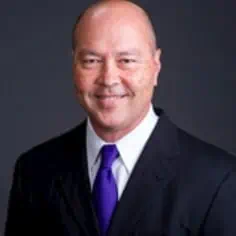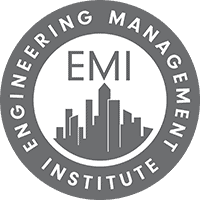This is a guest blog by Tim Austin, PE

Story was the astronaut who worked on the Hubble Telescope during Servicing Mission 1 to fit the corrective lens. He shared that, in his preparations, he consulted with the world-renowned figure skater, Dorothy Hamill. Many wondered why an astronaut would consult with a figure skater regarding the repairs to the telescope.
As Story explained, he was “in a dance” with Hubble. Orbiting and rotating around the earth at 17,000 miles an hour, he wondered about the physical challenge that would be required to repair the telescope. As he noted, he needed to know what muscles would be used and how to develop them so that he would be physically prepared — in addition to being technically prepared — to execute the repairs. So, he sought out a figure skater to help him identify the muscle groups that would be tasked and how to train them.
I appreciated Story sharing his account and have shared it many times since. In engineering schools, we are taught to solve problems and to make decisions based upon an analytical and/or systematic approach. As we progress in our careers, we often stick with tried and true methods. Staying with what we know and what works.
What we don’t do very well at times is reaching out to learn from others, especially those who don’t have any background in engineering or in our area of practice. We often rely on those who think like us. Those who are trained like us. Have the same experience as us. But as Story shared, much can be learned when different perspectives are sought out.
Be wary of the echo chamber. Determining the best engineering solution can sometimes be difficult. The best engineering solution may not be the best financial solution, the best political solution, or the best solution to meet the client’s needs, especially if the problem is not thoroughly framed. It is important to listen and learn from others and to understand their perspectives, regardless of whether or not we agree with them.
Confidence comes with the knowledge that you did your homework, that you sought out different perspectives and viewpoints, that you anticipated possible outcomes and scenarios, and that you went beyond the echo chamber.
Keys:
- Be thorough in your preparations
- Ask questions
- Try to know what you don’t know
- Anticipate what can go wrong
- Listen to learn, not to respond
About the Author

Mr. Austin has been and continues to be active in a number of professional and community organizations, believing that community engagement and involvement to be a professional responsibility. These organizations include, among others, the Kansas Society of Professional Engineers, the National Society of Professional Engineers, the Engineer’s Foundation of Kansas, the American Arbitration Association. the American Public Works Association and the Wichita Area Builders Association. Mr. Austin has previously served on the Wichita Airport Advisory Board, the Wichita Design Council, the advisory board to the Real Estate Department at Wichita State University, on the governmental affairs committee for the Wichita Area Association of Realtors, and various committees for Aldersgate United Methodist Church.
We would love to hear any questions you might have or stories you might share about how you avoid the echo chamber in your day-to-day work and life.
Please leave your comments, feedback or questions in the section below.
To your success,
Anthony Fasano, PE, LEED AP
Engineering Management Institute
Author of Engineer Your Own Success




